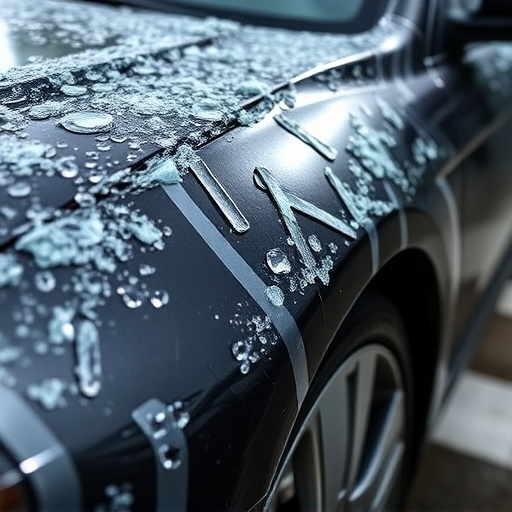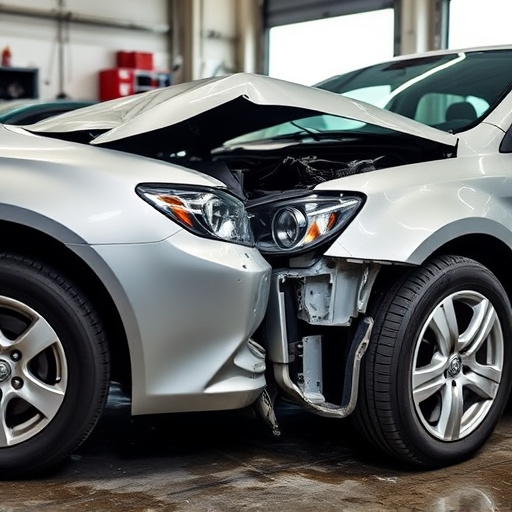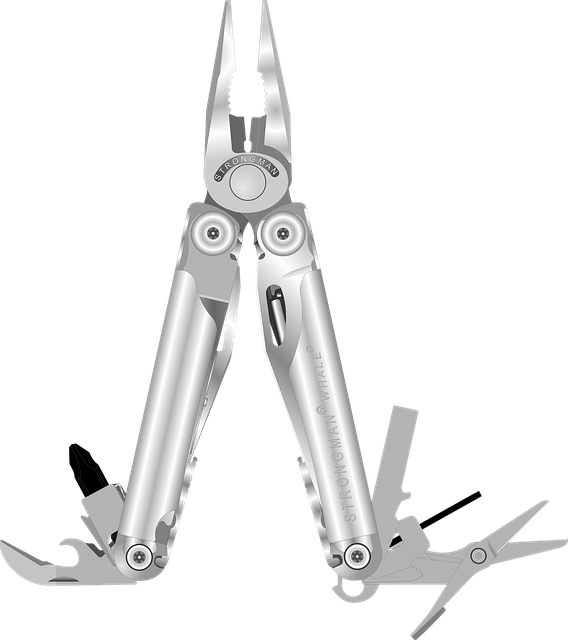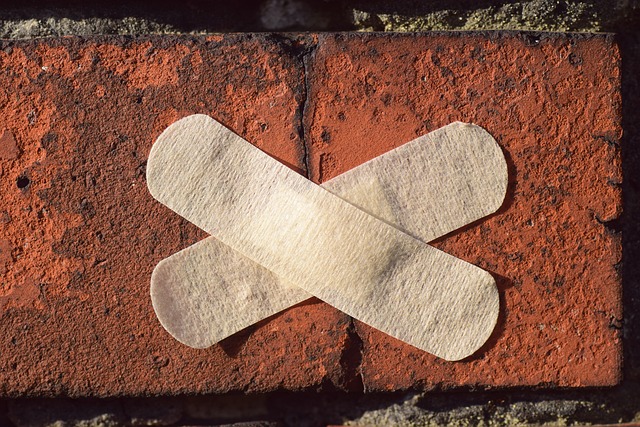Carpet replacement collision involves repairing or replacing damaged car carpets as part of broader vehicle damage repairs, preventing wider structural damage and elevating repair bills for luxury vehicles. Cost is influenced by severity of damage, vehicle make/model, age, and requires strategic balance between preserving existing material and replacing damaged areas to minimize waste and optimize material costs. Proactive maintenance like regular vacuuming and cleaning significantly reduces repair expenses by preventing dirt and debris accumulation.
In today’s maintenance-driven environments, efficient carpet repair cost management is paramount. This article delves into the critical concept of carpet replacement collision, exploring its role in optimizing repair costs. We provide a comprehensive overview of carpet replacement collision and how it impacts damage mitigation. By analyzing key factors influencing repair expenses, we offer strategic insights for effective cost management. Discover practical approaches to navigate carpet repairs, ensuring both cost-efficiency and quality outcomes.
- Understanding Carpet Replacement Collision: A Comprehensive Overview
- Factors Influencing Repair Costs: An Analysis of Key Elements
- Strategies for Efficient Cost Management in Carpet Repairs
Understanding Carpet Replacement Collision: A Comprehensive Overview
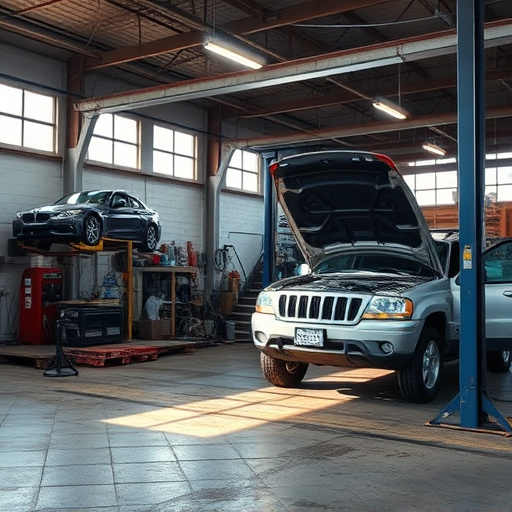
Carpet replacement collision refers to the process where damaged carpets are replaced as part of broader vehicle repair efforts. This often arises from accidents or incidents causing carpeting to sustain tears, stains, or other forms of damage. Understanding carpet replacement collision involves recognizing its significance in managing repair costs effectively. By addressing carpet issues early and efficiently, car bodywork services can prevent more extensive damage that could lead to higher luxury vehicle repair bills.
The process typically involves assessing the extent of the carpet damage alongside other components of the vehicle. If the damage is localized and confined, replacing the carpet becomes a cost-effective solution. However, in cases where the incident impacts nearby panels or affects structural integrity, it may require coordination with other services like auto glass replacement to ensure comprehensive repairs. This holistic approach ensures that every aspect of the vehicle is restored to its optimal condition, minimizing repair costs and enhancing overall vehicle value.
Factors Influencing Repair Costs: An Analysis of Key Elements
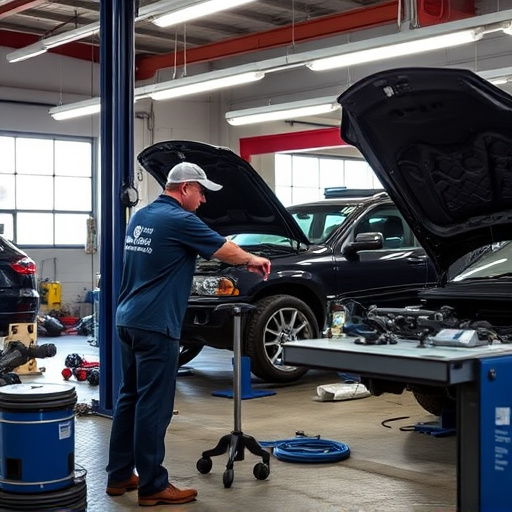
The cost of repairing a damaged vehicle extends far beyond the visible. When it comes to assessing repairs for vehicles involved in accidents, several key elements significantly influence the overall financial burden—a process often referred to as carpet replacement collision in the automotive industry. One of the primary factors is the extent and severity of the damage. Minor fender benders may result in relatively straightforward repairs, while more severe collisions can necessitate extensive body work, including carpet replacement collision for interior repair, adding considerable expense.
Another critical aspect is the make and model of the vehicle. Luxury car brands like Mercedes Benz repair often comes with higher labor costs due to their intricate design and specialized parts. Conversely, car bodywork for economy models might be more cost-effective. Additionally, age plays a role; older vehicles may have depreciated in value, potentially reducing the financial impact of necessary repairs compared to newer models that hold higher resale values. These variables underscore the complex nature of carpet replacement collision estimates, demanding meticulous attention to detail during the repair process to ensure both quality and cost-effectiveness.
Strategies for Efficient Cost Management in Carpet Repairs
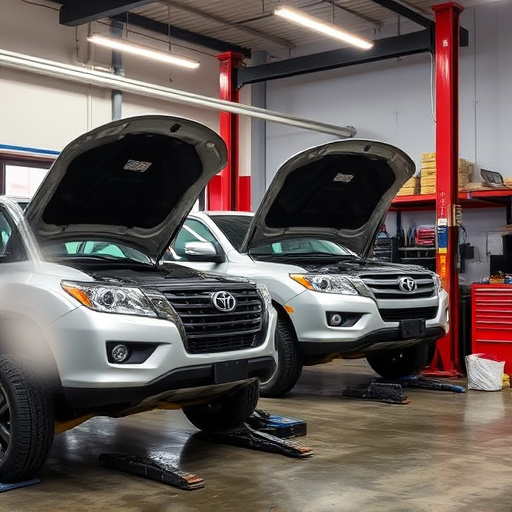
In the realm of carpet repairs, efficient cost management is a delicate balance between preserving the existing material and employing strategic replacements. One effective approach involves assessing damage patterns—identifying areas where complete carpet replacement collision might be necessary versus patches that can be restored. This method not only minimizes waste but also optimizes material costs, making it an eco-friendly and budget-conscious choice for both homeowners and commercial property managers.
Additionally, proactive maintenance plays a significant role in mitigating repair expenses. Regular vacuuming, prompt cleaning of spills, and periodic deep carpet cleaning can prevent the accumulation of dirt, debris, and moisture that often leads to mold growth and more extensive damage. By prioritizing these simple yet powerful measures, car owners can significantly reduce the frequency and cost of carpet repairs, ultimately treating their carpets as valuable investments in their respective automotive repair or residential settings.
Carpet replacement collision plays a significant role in managing repair costs, with various factors influencing the overall expense. By understanding these dynamics and implementing efficient strategies, businesses can effectively navigate carpet repair processes, ensuring both cost-effectiveness and high-quality outcomes. These insights empower professionals to make informed decisions, ultimately reducing the financial impact of carpet damage and enhancing customer satisfaction.

